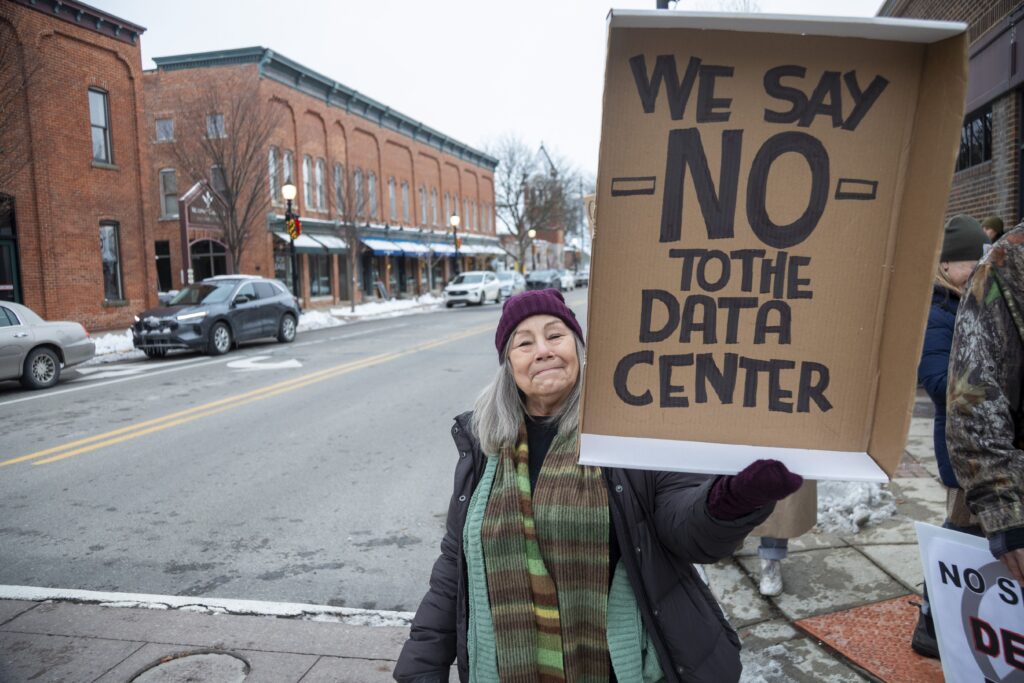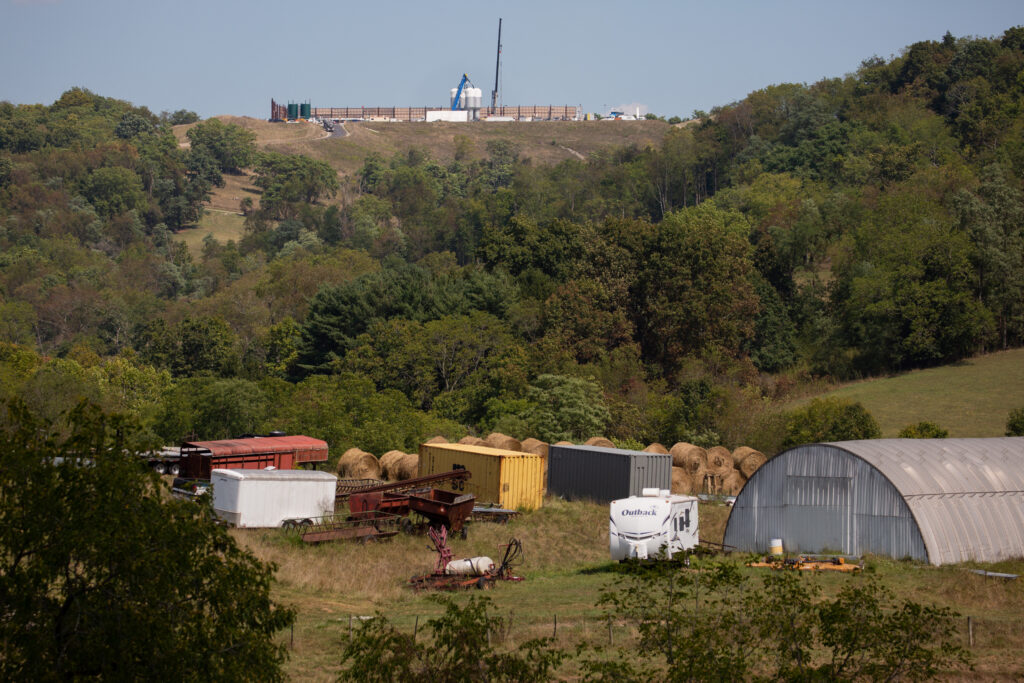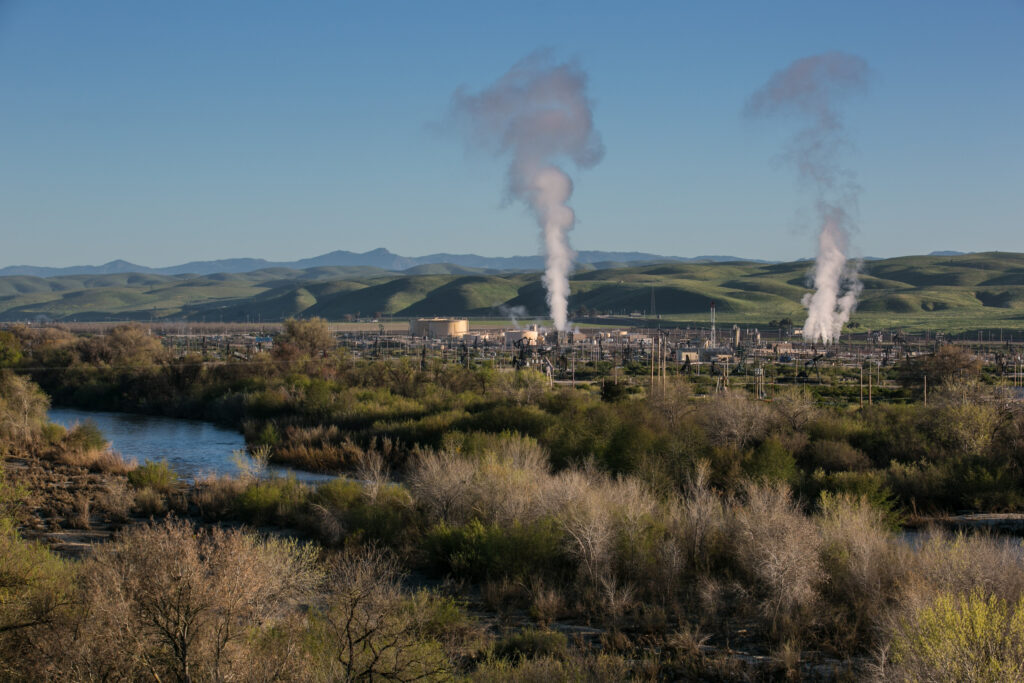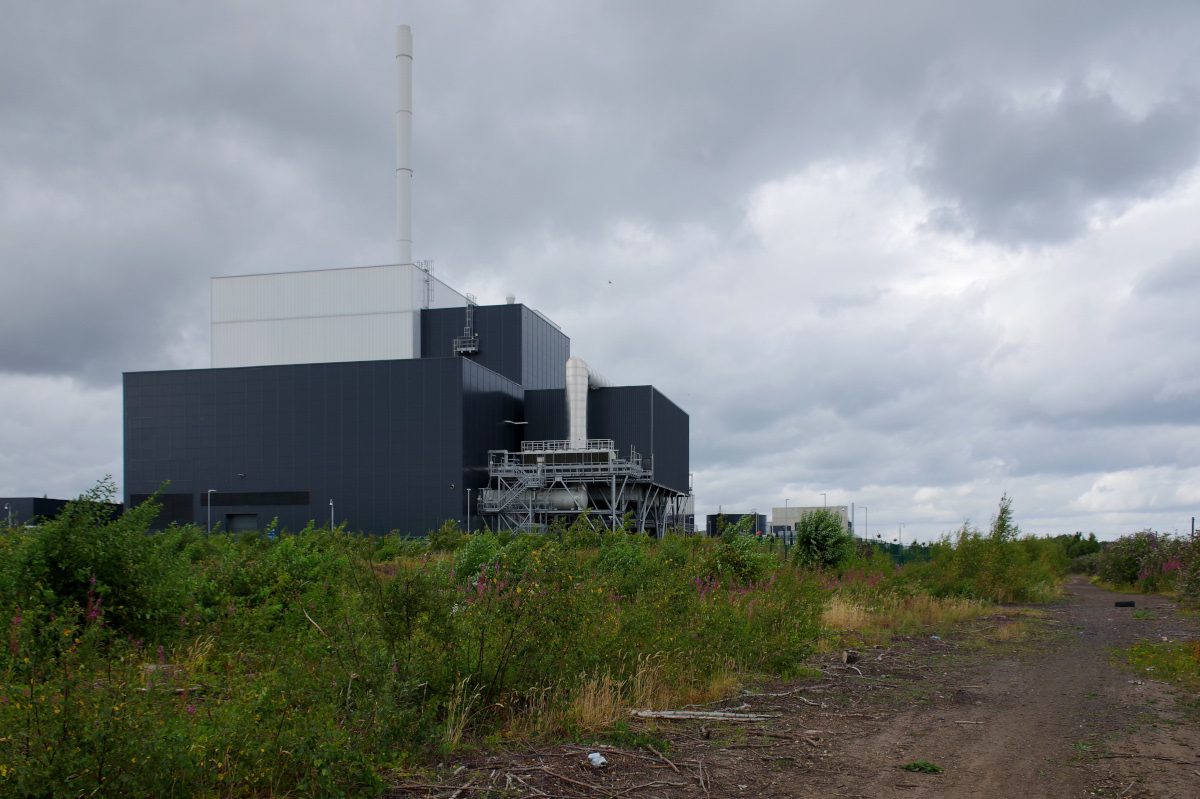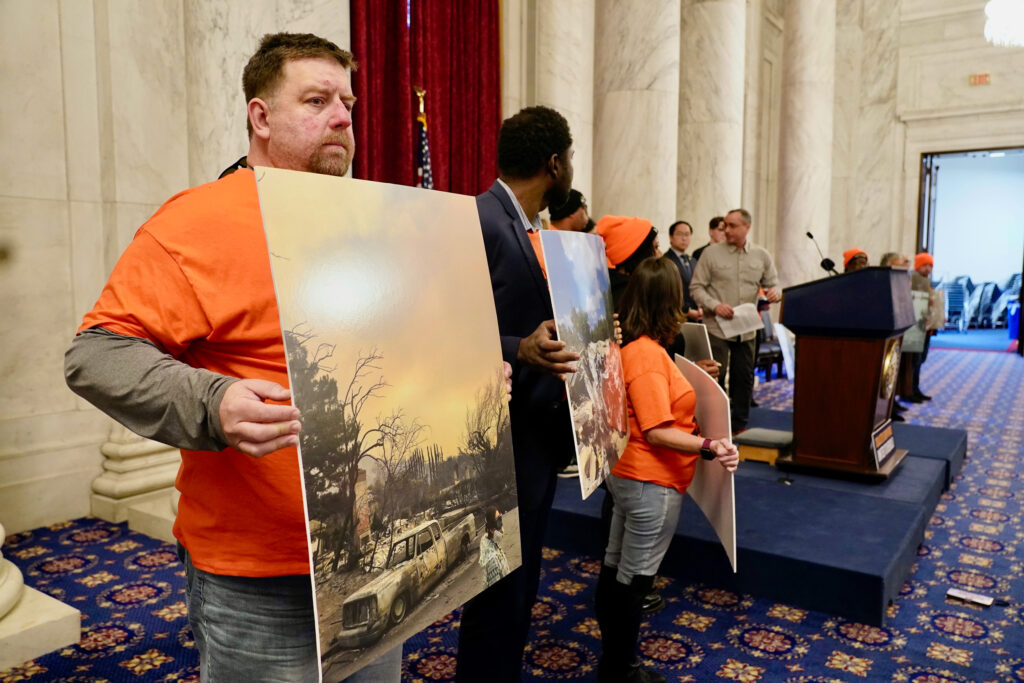Soon after he was sworn in to his second term as U.S. president, Donald Trump issued more than two dozen executive orders that touch on nearly every facet of U.S. policy, from immigration to national security.
Several of the directives have profound implications for the climate, promising to further ratchet up oil and gas production while slashing initiatives directed at reducing the country’s soaring greenhouse gas emissions. Though legal and congressional barriers could lie ahead, experts say Trump’s executive orders indicate a swift and aggressive departure from the climate progress seen under the Biden administration.
“Energy Emergency”: At Monday’s inauguration, addressing a crowd of politicians, tech moguls and celebrities, Trump promised that the “golden age of America begins right now.”
A large part of his plan to kickstart this era? Further tapping into what he calls the “liquid gold” hiding underground: oil and gas.
“We will drill, baby, drill,” Trump said. “America will be a manufacturing nation once again, and we have something that no other manufacturing nation will ever have—the largest amount of oil and gas of any country on earth—and we are going to use it. We’ll use it.”
During his speech, Trump declared a “national energy emergency”—a presidential first, though his team has not yet elaborated on the specifics of what it could entail, NPR reports. He says the administration’s goal is to reduce energy costs for Americans and secure “dominance” in the space. However, as The New York Times points out, domestic oil production reached an all-time high in 2024. Natural gas prices dropped last year to their lowest annual average on record, when adjusted for inflation.
“It’s not clear what the emergency is,” Michael Gerrard, director of the Sabin Center for Climate Change Law at Columbia University, told the Times. “The U.S. is producing more oil and gas than ever before, more than any other country in the world, we have no gas lines, we have no widespread electricity blackouts.” He called the emergency order “mostly performative.”
At a recent Senate confirmation hearing, Trump’s choice for Interior secretary, Doug Burgum, stressed a concern over the electricity grid’s reliability in the U.S. in the face of increasing demand from tech companies to power artificial intelligence.
“Electricity is at the brink. Our grid is at a point where it could go completely unstable,” he said. “We’ve got to get to work in permitting reform and speeding permitting right now.”
Global Impacts: Several of the executive orders targeted Biden’s past climate-related policies, with one stating that “climate extremism has exploded inflation and overburdened businesses with regulation.” (However, a wide body of research shows that climate change itself is worsening inflation.)
In addition to the emergency declaration, Trump issued several other energy-related executive orders, including directives to stop approvals of new wind farms on federal waters and potentially many on land, revoke much of the federal support for the sale of electric vehicles and restart reviews of new liquefied natural gas export terminals—a process that the Biden administration paused in 2024.
These orders still face potential legal challenges in courts or regulatory hurdles from Congress, which could deny funding and limit enforcement of Trump’s energy policies. Still, Congress is now in Republican control.
While fossil fuel companies are celebrating Trump’s moves, environmentalists are speaking out against his proposed expansion of oil and gas, key contributors to global warming. Last year was the hottest in recorded history.
“There is no energy emergency,” Manish Bapna, president and CEO of the Natural Resources Defense Council, said in a statement. “There is a climate emergency.”
Trump’s flurry of executive orders also extend to international policy. He announced on Monday that the U.S. will withdraw from the World Health Organization and the Paris Climate Accord (again). He called the global climate treaty an “unfair, one-sided Paris climate accord rip-off.”
Though it will take a year for the Paris agreement withdrawal to become official, experts say the move could influence other world leaders to back away from their climate goals, a trend my colleague Marianne Lavelle reported on after Trump’s win in November. This shift comes as climate disasters compound around the world, including the wildfires still raging through California.
About This Story
Perhaps you noticed: This story, like all the news we publish, is free to read. That’s because Inside Climate News is a 501c3 nonprofit organization. We do not charge a subscription fee, lock our news behind a paywall, or clutter our website with ads. We make our news on climate and the environment freely available to you and anyone who wants it.
That’s not all. We also share our news for free with scores of other media organizations around the country. Many of them can’t afford to do environmental journalism of their own. We’ve built bureaus from coast to coast to report local stories, collaborate with local newsrooms and co-publish articles so that this vital work is shared as widely as possible.
Two of us launched ICN in 2007. Six years later we earned a Pulitzer Prize for National Reporting, and now we run the oldest and largest dedicated climate newsroom in the nation. We tell the story in all its complexity. We hold polluters accountable. We expose environmental injustice. We debunk misinformation. We scrutinize solutions and inspire action.
Donations from readers like you fund every aspect of what we do. If you don’t already, will you support our ongoing work, our reporting on the biggest crisis facing our planet, and help us reach even more readers in more places?
Please take a moment to make a tax-deductible donation. Every one of them makes a difference.
Thank you,




